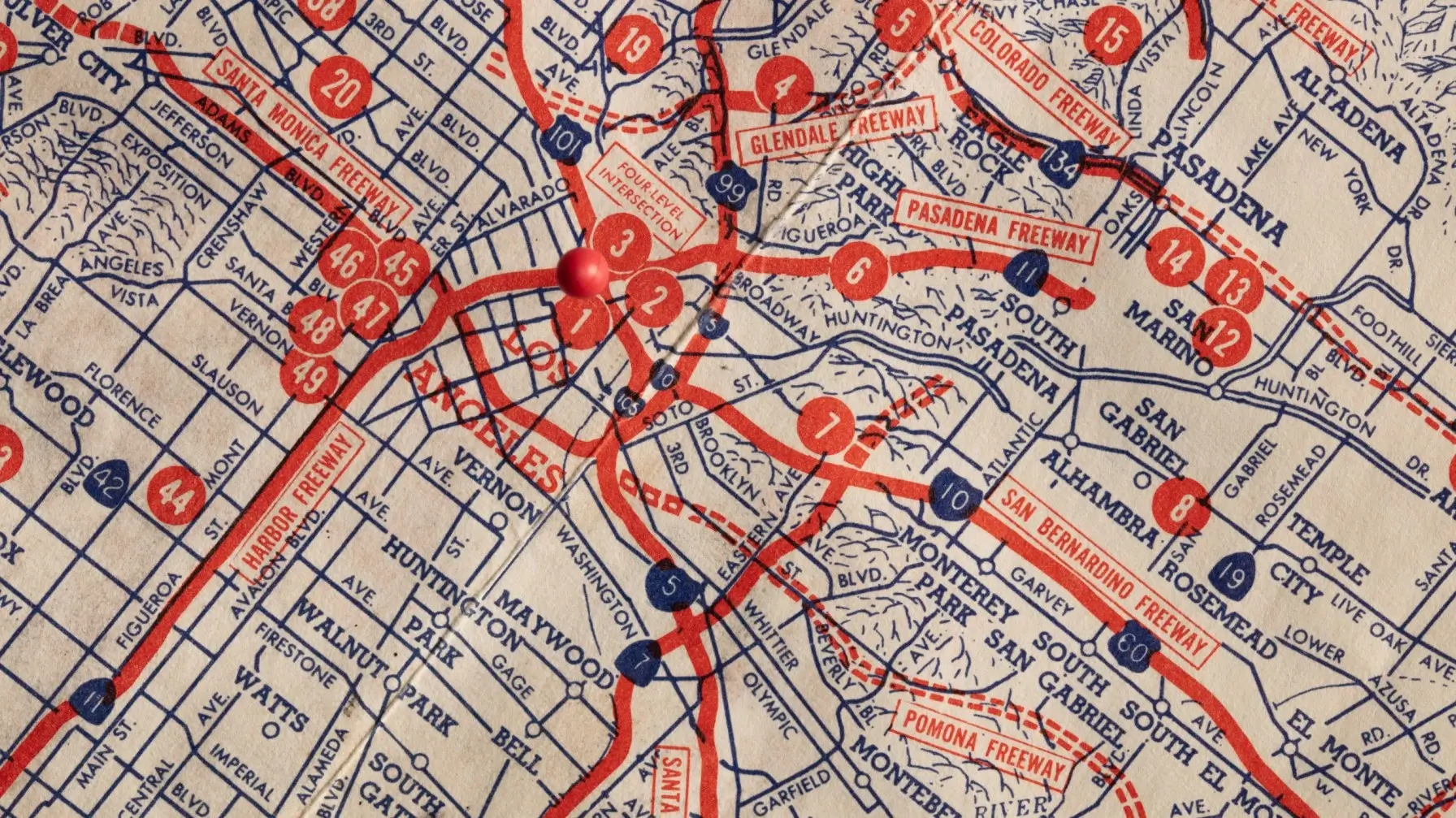
Route Optimization Algorithm and Big Data
What is Route Optimization?
Route optimization is an essential aspect of logistics and transportation management that aims to find the most efficient and cost-effective routes for delivering goods and services to customers. As businesses look to streamline their operations and reduce costs, the demand for sophisticated route optimization algorithms has grown. In recent years, big data has emerged as a game-changer in the field of route optimization, providing valuable insights and data-driven solutions to help businesses optimize their delivery routes.
What is Route Optimization Algorithm?
A route optimization algorithm is a mathematical technique used to determine the optimal routes for delivery vehicles, taking into account factors such as traffic congestion, distance, delivery time windows, and vehicle capacity. Route optimization algorithms aim to minimize delivery costs while ensuring that deliveries are made on time and in the most efficient way possible.
The Role of Big Data in Route Optimization
Big data refers to the massive amounts of data generated by businesses and consumers every day. This data includes everything from social media posts to transaction data to sensor data generated by IoT devices (that are programmed for certain applications and transmit data over the internet). In the field of logistics and transportation, big data can provide valuable insights into customer demand, traffic patterns, and other factors that impact delivery routes. With the rise of big data, route optimization algorithms can now access vast amounts of real-time data to help optimize delivery routes. For example, GPS data can be used to track the location of delivery vehicles and provide real-time updates on traffic congestion, road closures, and other factors that impact delivery times. This data can be fed into route optimization algorithms to generate more accurate delivery routes and optimize delivery times.
Benefits of Big Data in Route Optimization
Big data has several benefits when it comes to route optimization, including:
Improved Accuracy:
By leveraging big data, route optimization algorithms can make more informed decisions, leading to better outcomes for businesses and their customers. For example, predictive analytics can be used to identify potential issues, such as traffic congestion, and take proactive measures to prevent delays and improve delivery times.
Reduced Costs:
By optimizing delivery routes, businesses can reduce the number of vehicles needed for deliveries, resulting in lower fuel costs, reduced maintenance costs, and improved resource utilization.
Enhanced Customer Satisfaction:
By delivering goods and services on time and in the most efficient way possible, businesses can improve customer satisfaction, leading to increased customer loyalty and repeat business.
Types of route optimization algorithms
There are various types of route optimization algorithms that can be used depending on the specific needs and constraints of the problem at hand. Here are some common types:
Nearest Neighbor Algorithm:
This algorithm starts with a starting point and sequentially chooses the nearest unvisited point as the next point on the route until all points have been visited.
Clarke-Wright Algorithm:
This algorithm is commonly used for vehicle routing problems with capacity constraints. It constructs a savings matrix and merges clusters of points into routes based on the highest savings.
Genetic Algorithm:
This algorithm is based on the principles of natural selection and genetics. It creates a population of potential solutions and iteratively improves the solutions by applying genetic operators such as crossover and mutation.
Simulated Annealing Algorithm:
This algorithm is based on the principles of thermodynamics and annealing. It iteratively adjusts the solution by allowing occasional “worse” solutions to prevent getting stuck in local optima.
Ant Colony Optimization:
This algorithm is inspired by the behavior of ants who use pheromone trails to find the shortest path between their nest and food source
Real-world Examples of Big Data in Route Optimization
Several companies are using big data to optimize their delivery routes and improve their bottom line. For example, UPS uses a route optimization algorithm called ORION, which uses big data to generate optimal delivery routes for its drivers. The algorithm takes into account factors such as traffic patterns, delivery time windows, and driver preferences to generate the most efficient routes possible. Similarly, Amazon uses big data to optimize its delivery routes, enabling it to offer same-day and next-day delivery to customers in many areas. By analyzing data from its vast network of distribution centers, Amazon can optimize delivery routes, reduce delivery times, and improve customer satisfaction.
Conclusion
In conclusion, route optimization is a critical aspect of logistics and transportation management, and big data has emerged as a powerful tool to optimize delivery routes. By leveraging big data, route optimization algorithms can generate more accurate and efficient delivery routes, leading to improved efficiency, reduced costs, and enhanced customer satisfaction. As businesses continue to invest in big data technologies, we can expect to see continued growth and innovation in the field of route optimization.

